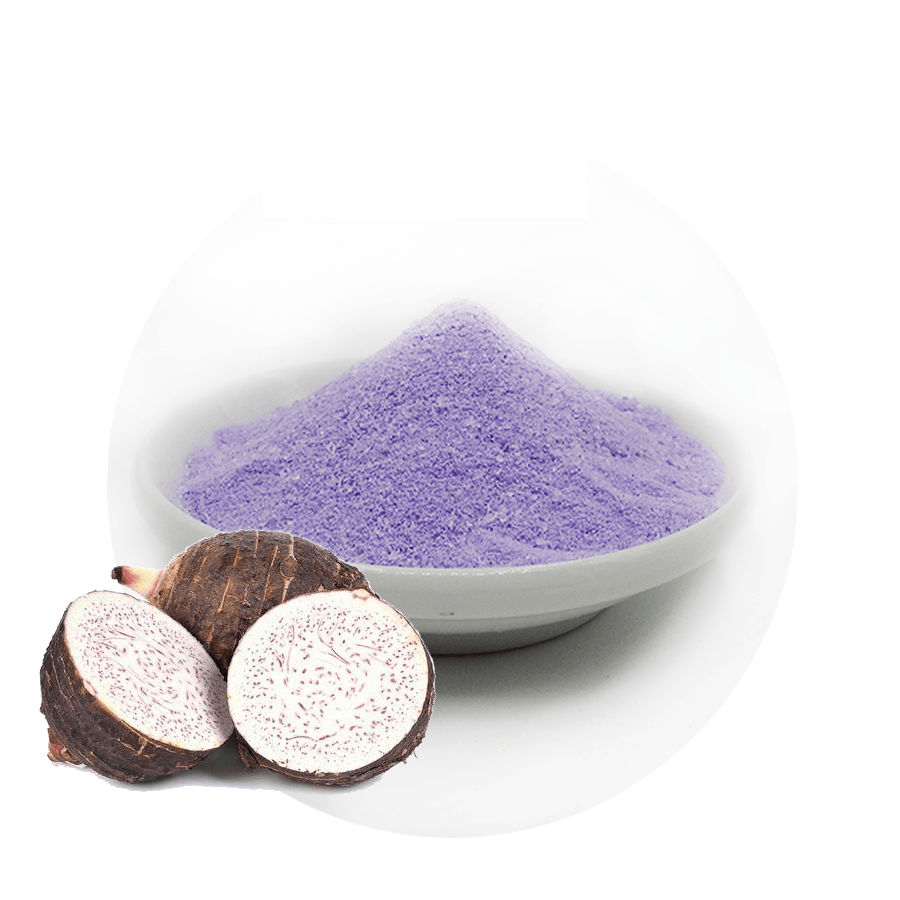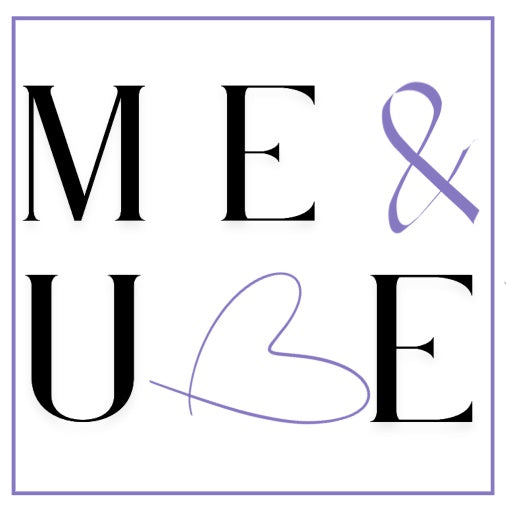What is Ube?
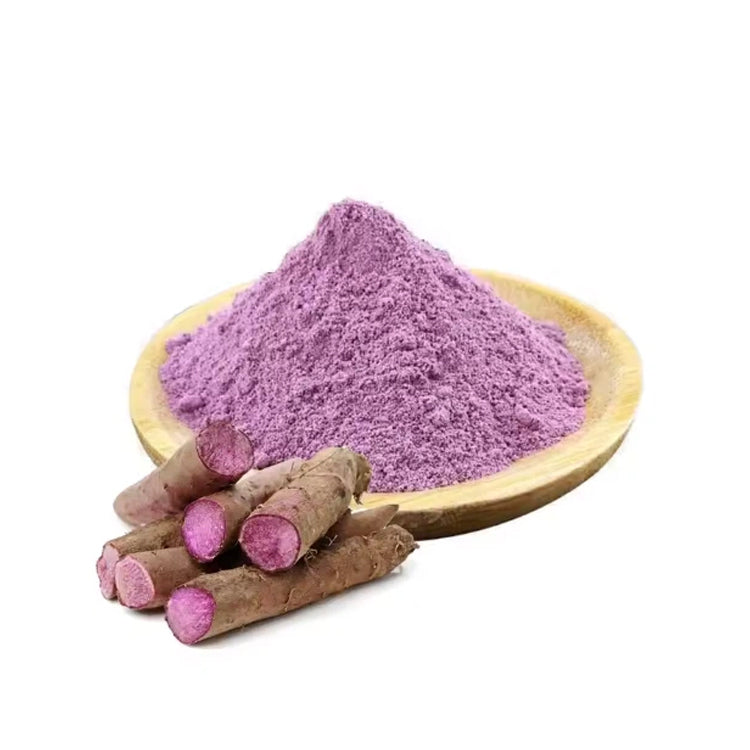
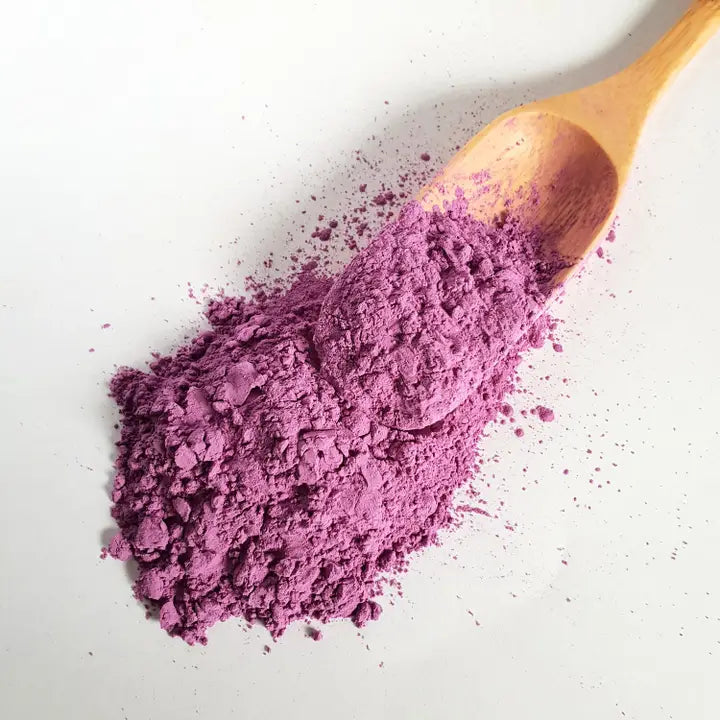
Benefits from Ube
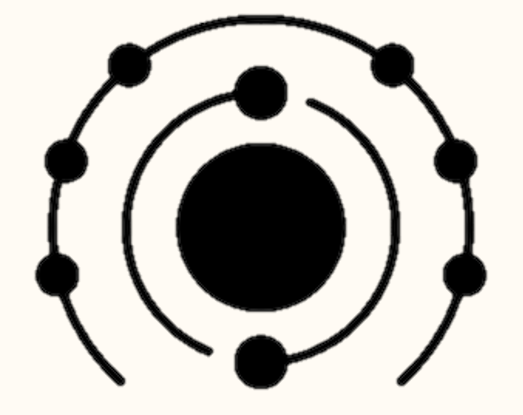
Ube is packed with anthocyanins – natural antioxidants that give it its signature vibrant purple color

Root vegetables like ube are naturally designed to store nutrients and energy — and fiber is a big part of that storage
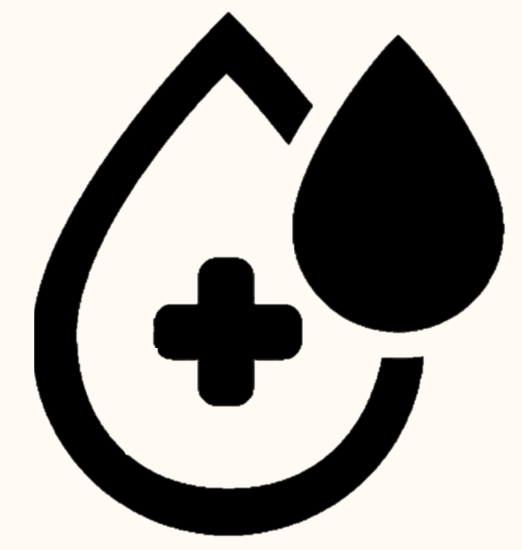
Ube helps regulate blood sugar naturally, thanks to its fiber-rich, slow-digesting carbs and antioxidant power.

Ube is packed with starches that provide steady, long-lasting energy.

Ube is rich in anthocyanins that help reduce inflammation, support healthy blood pressure, boost circulation, and protect your blood vessels.

Ube is naturally sweet, thanks to its natural sugars and slow-cooked starches — no added sugar needed to enjoy its rich flavor.

The vitamins and minerals in Ube, such as vitamin C and zinc, can help to strengthen your immune system and ward off illness
Ube is not Taro
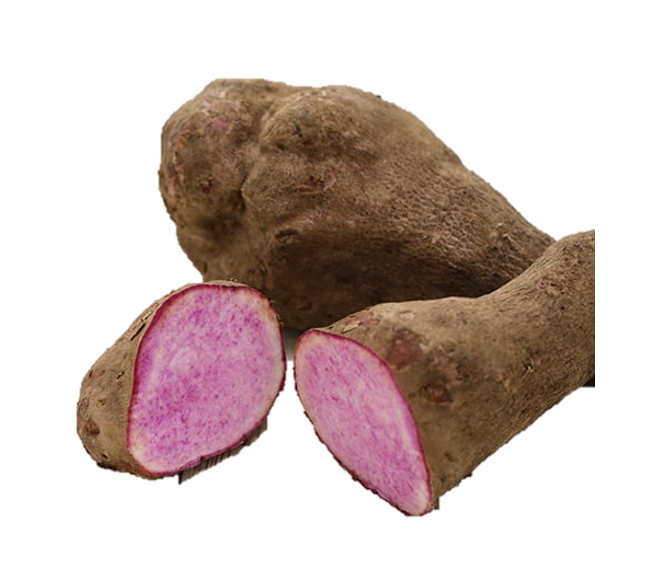
UBE
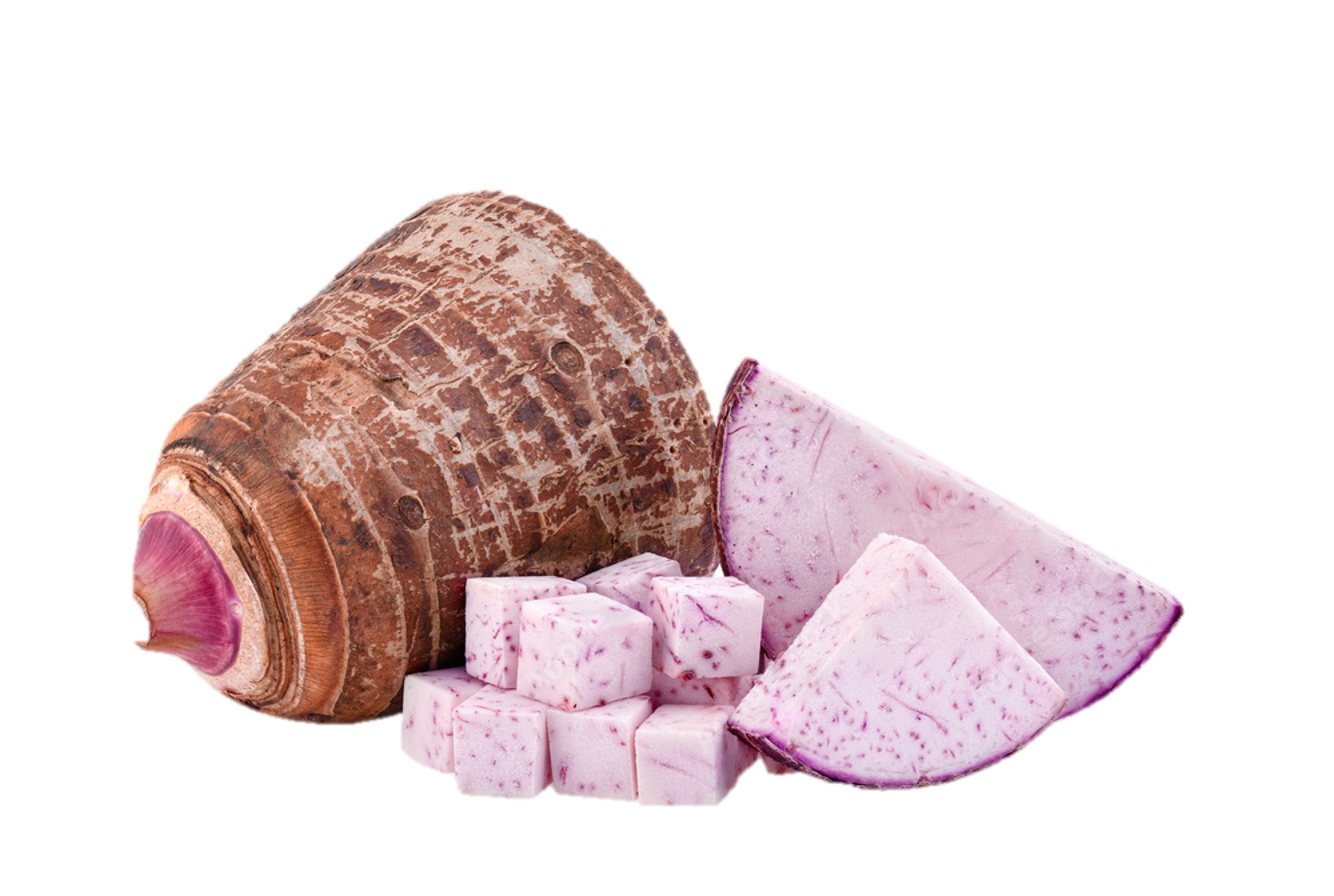
TARO

Southeast Asia (particularly the Philippines)
Southeast Asia or India (debated, widely cultivated in Oceania and Africa)
Common in Filipino desserts like ube halaya, cakes, ice cream
Used in both savory and sweet dishes in Asia, Pacific Islands, Caribbean, and Africa
Vivid purple (due to anthocyanins)
Pale white with purple specks
Firm and dense
Slimy when raw due to mucilage
Creamy, slightly sticky, mashable
Smooth and starchy, sometimes slippery
Sweet, vanilla-like, nutty
Subtly sweet, nutty, sometimes likened to chestnut or sweet potato
Rich in anthocyanins (similar to blueberries)
Contains polyphenols but fewer anthocyanins
